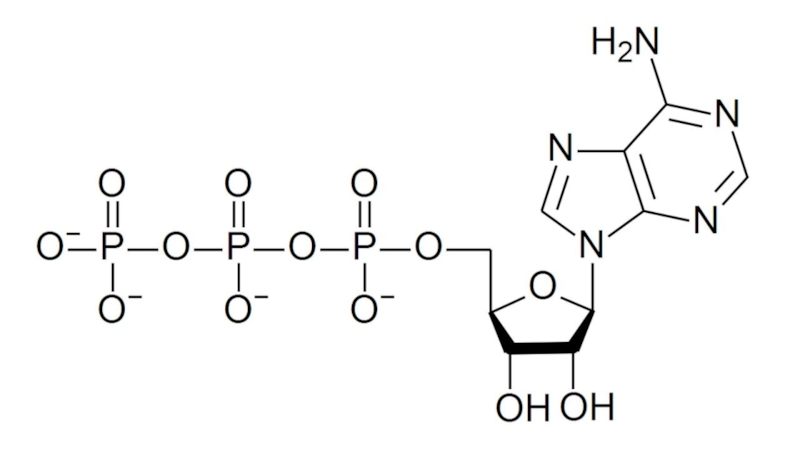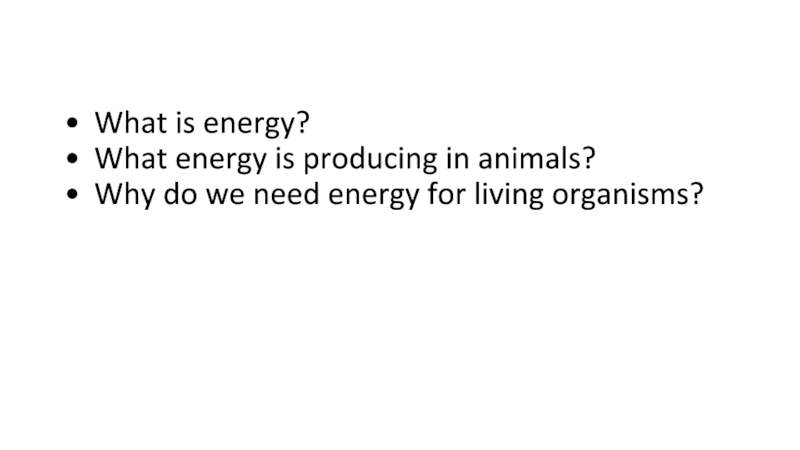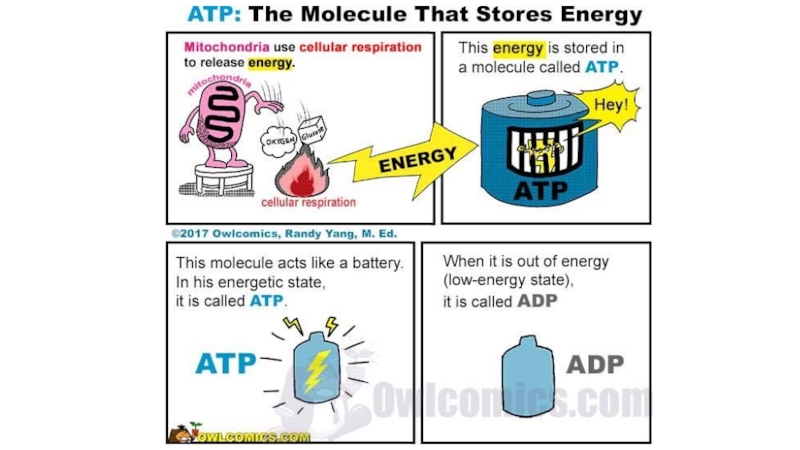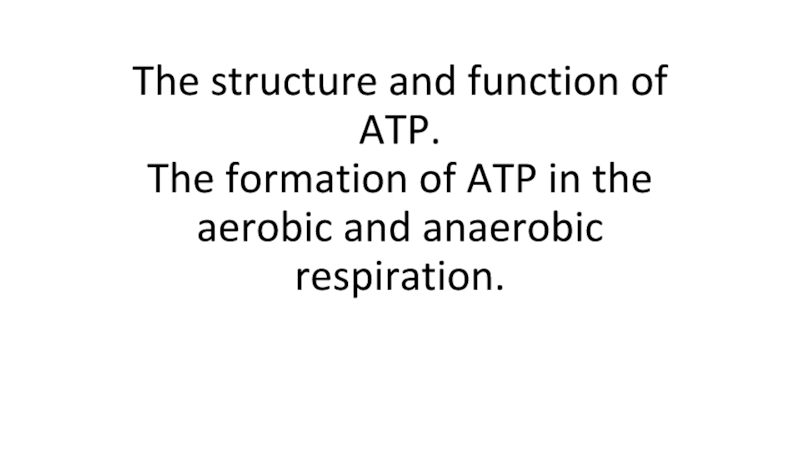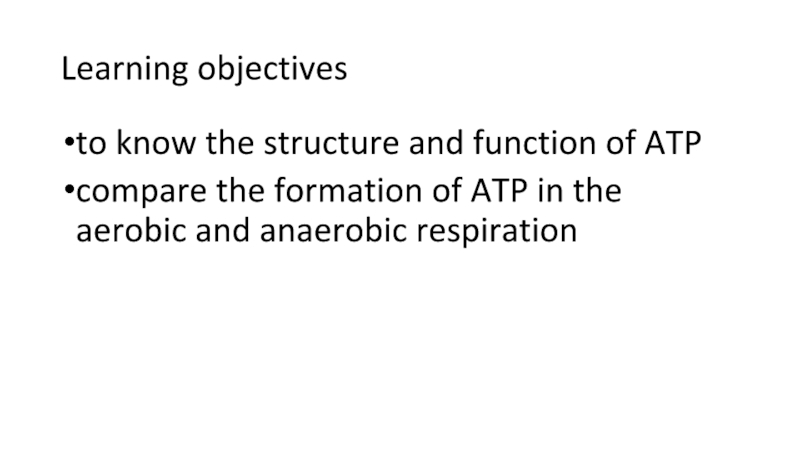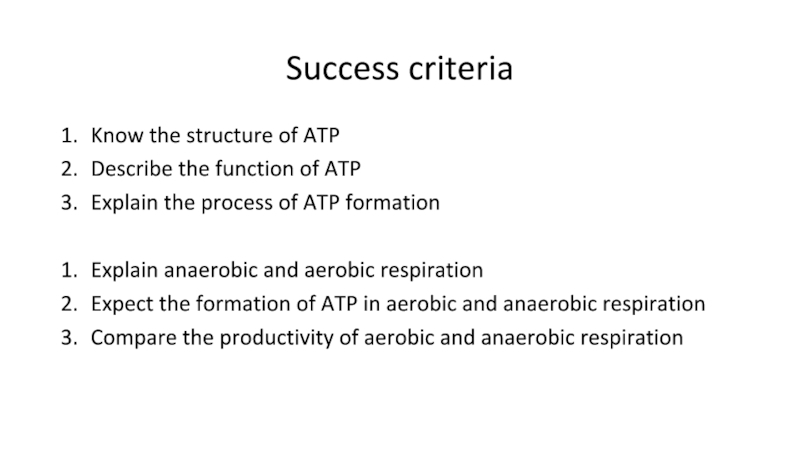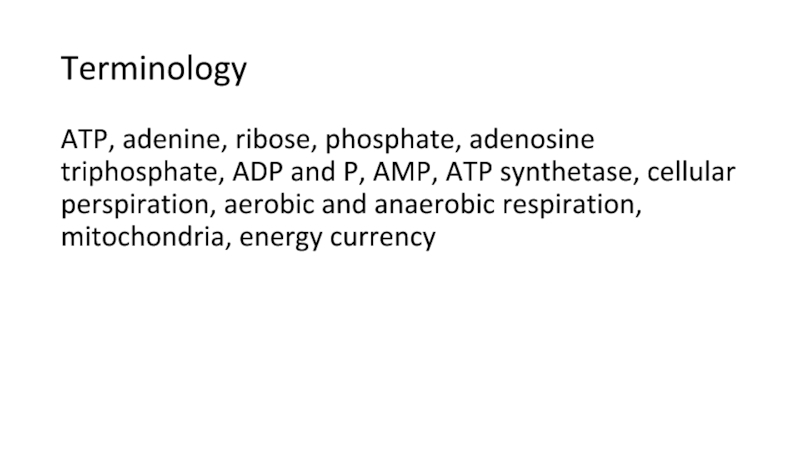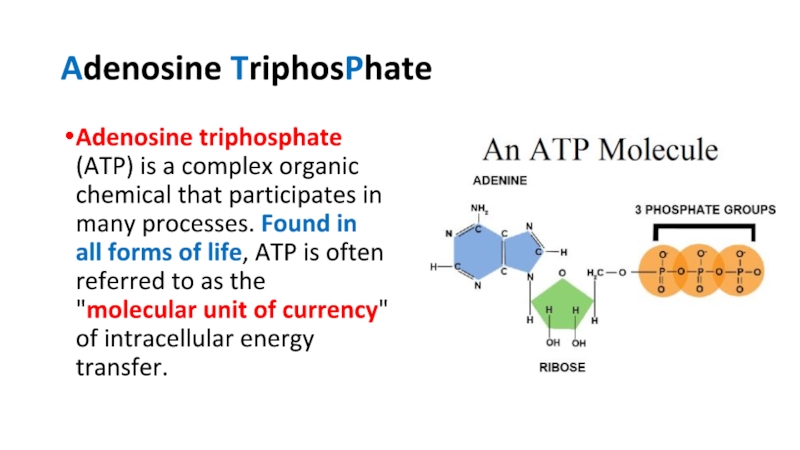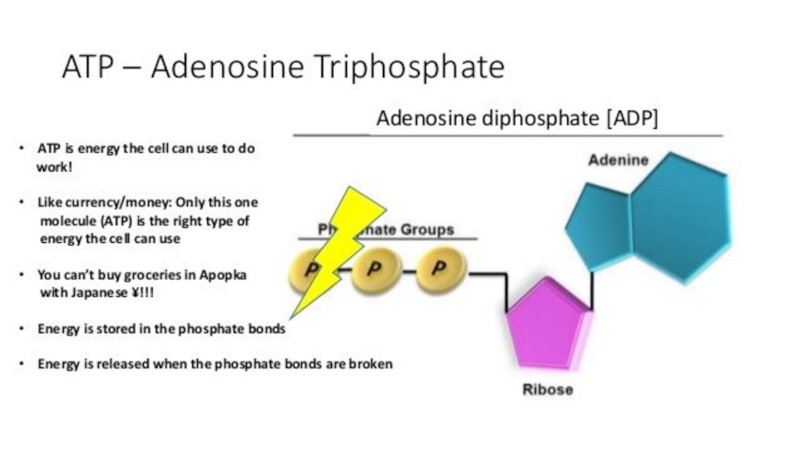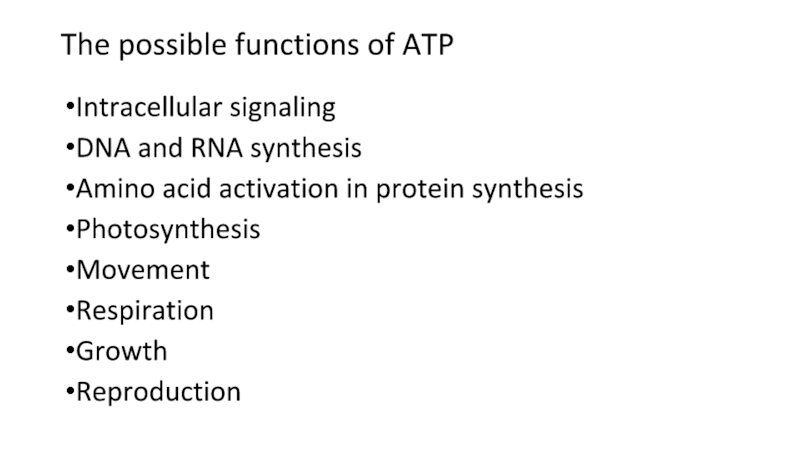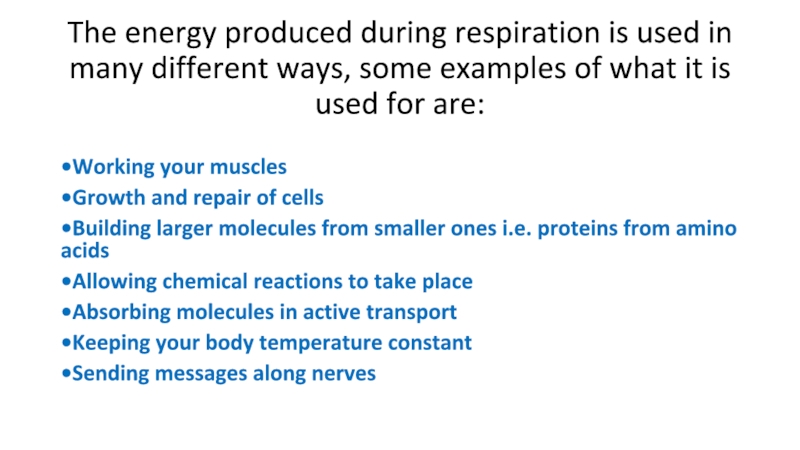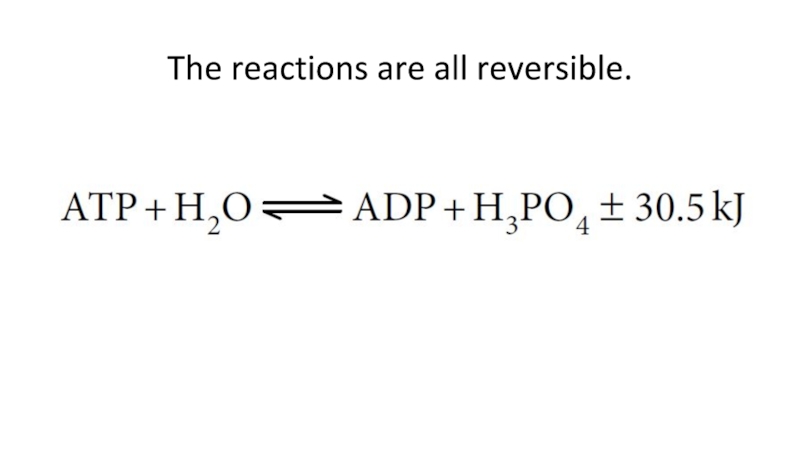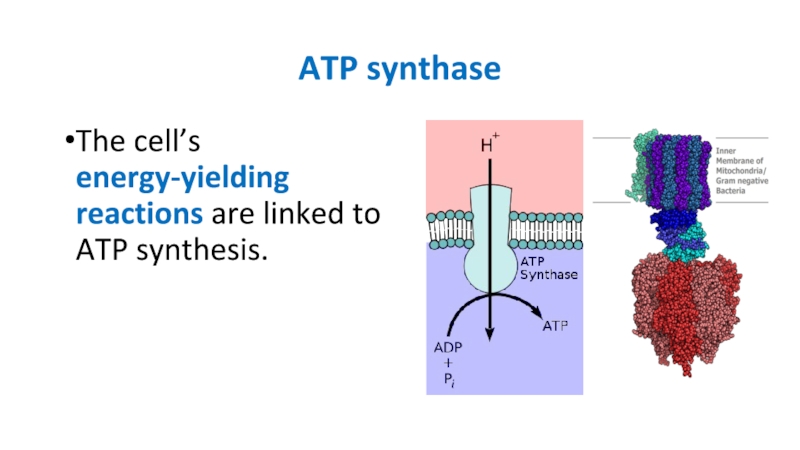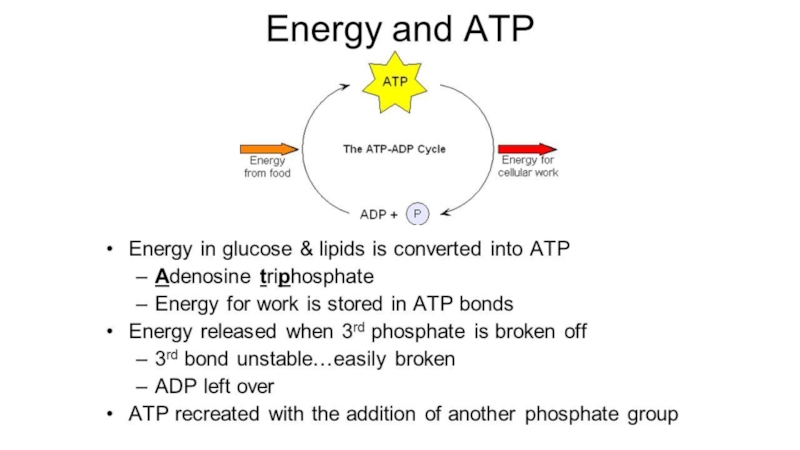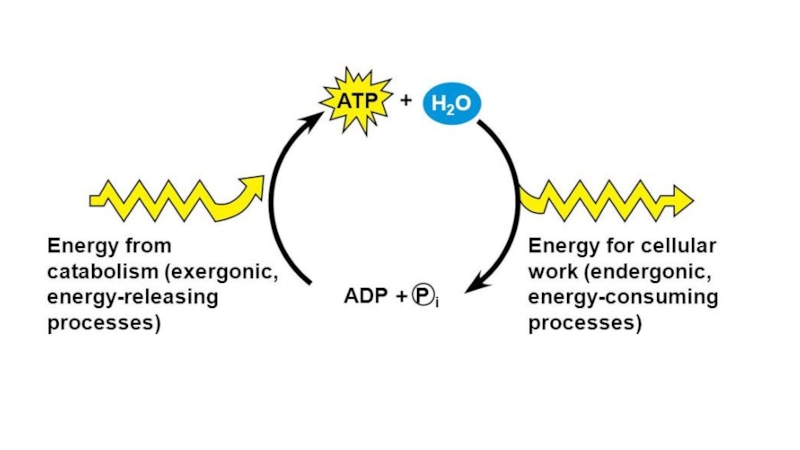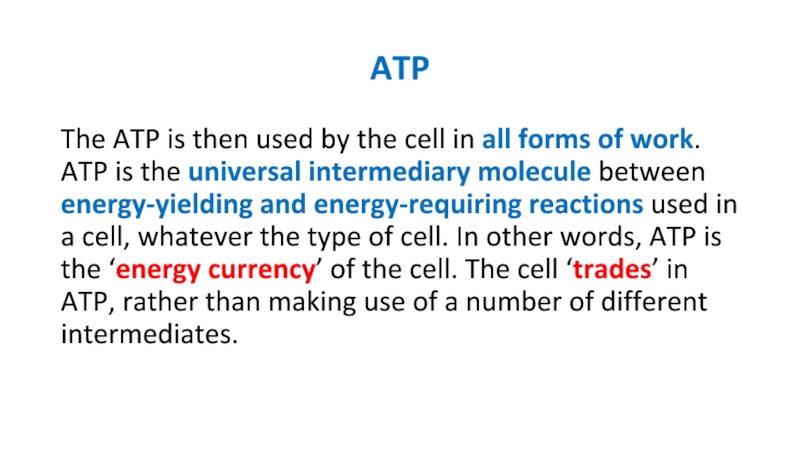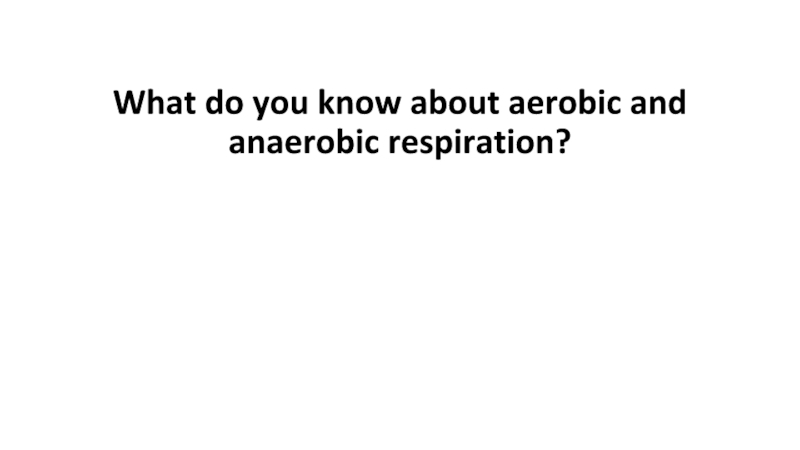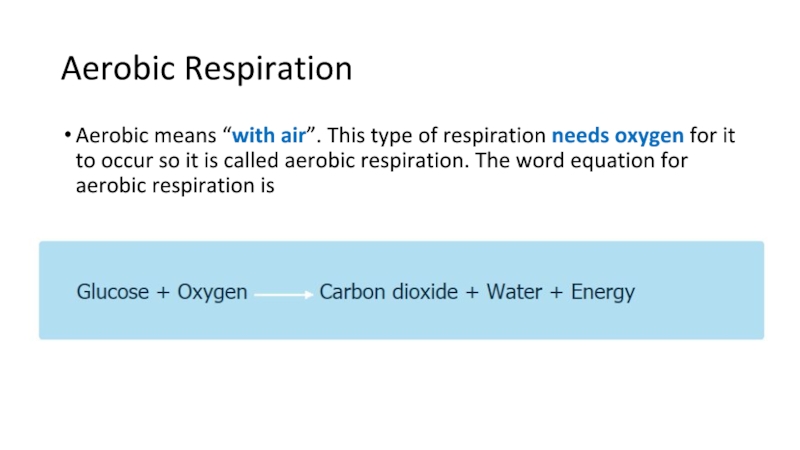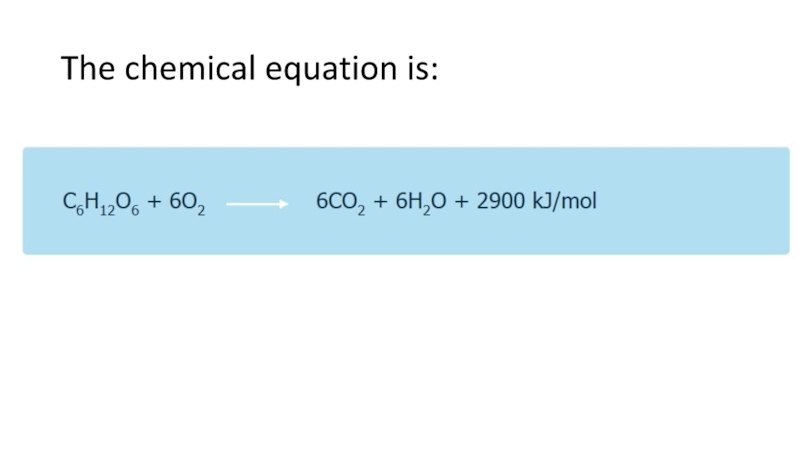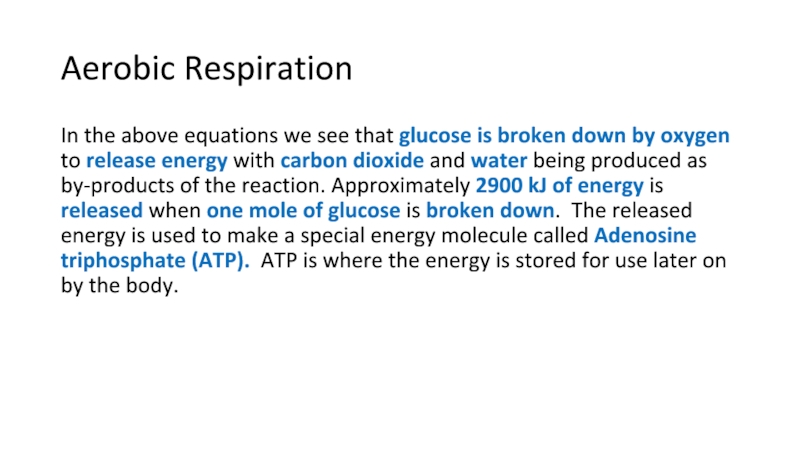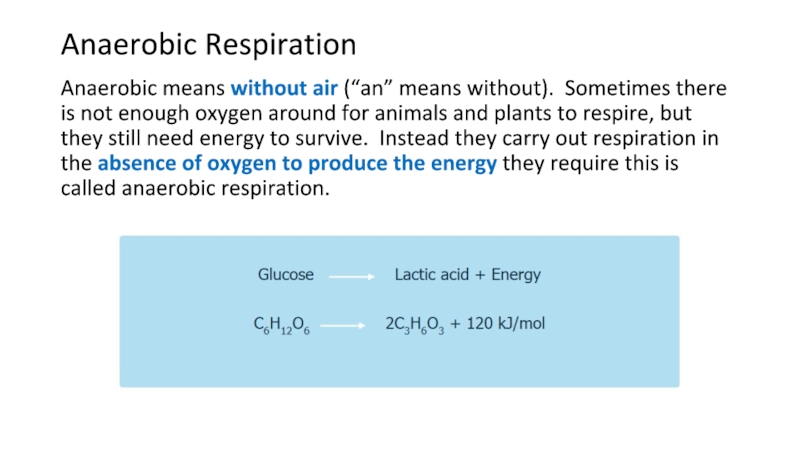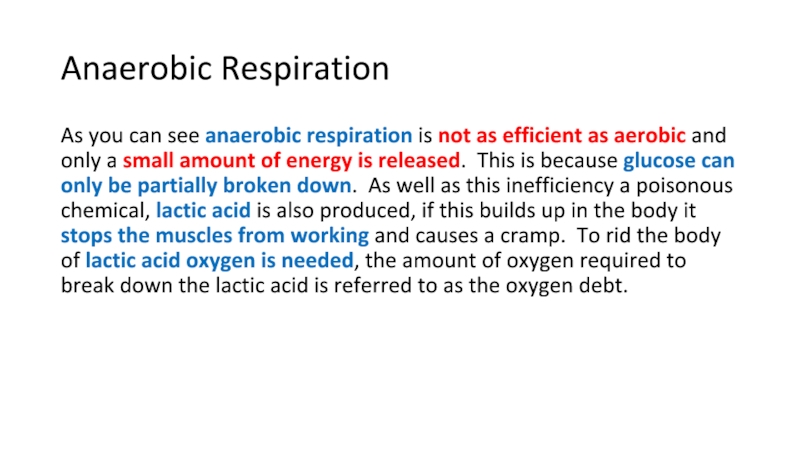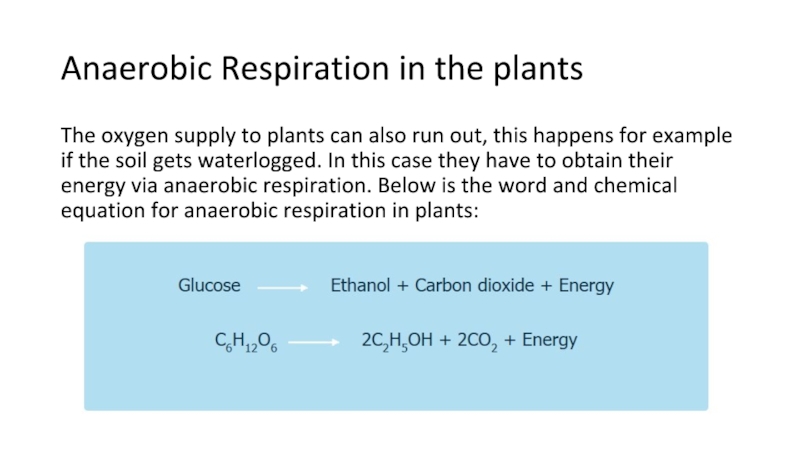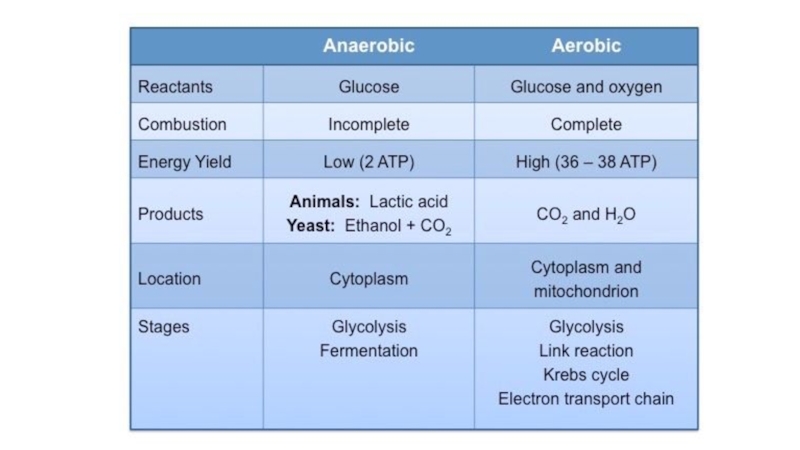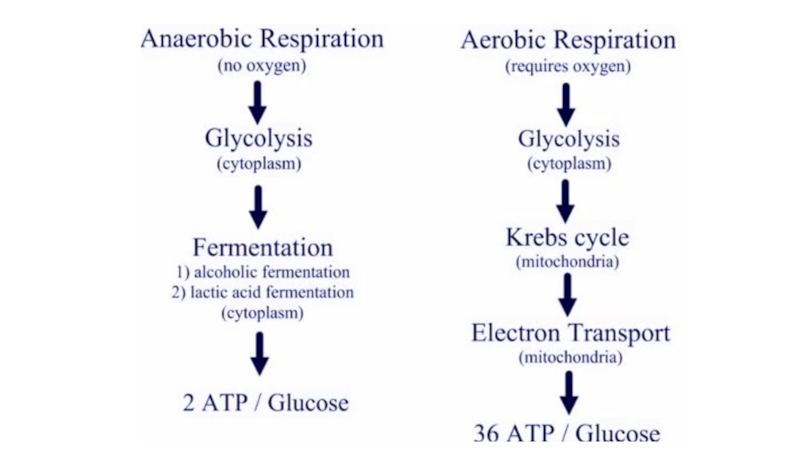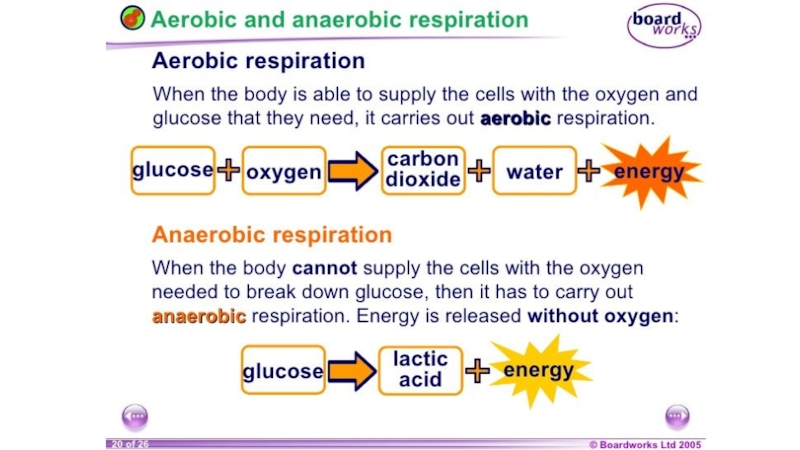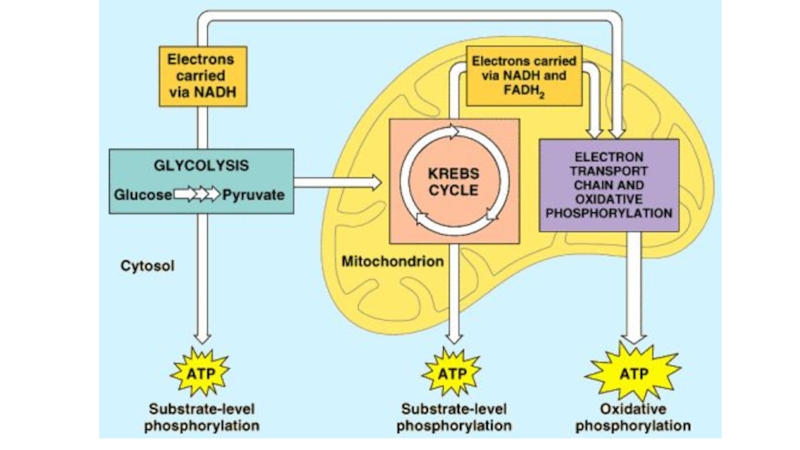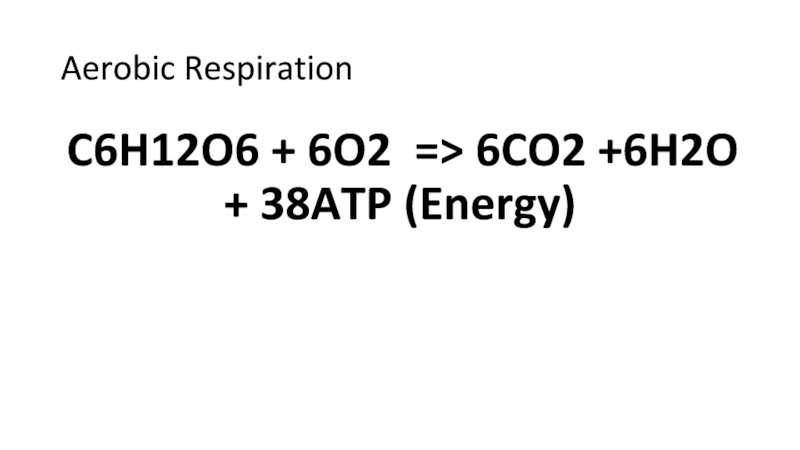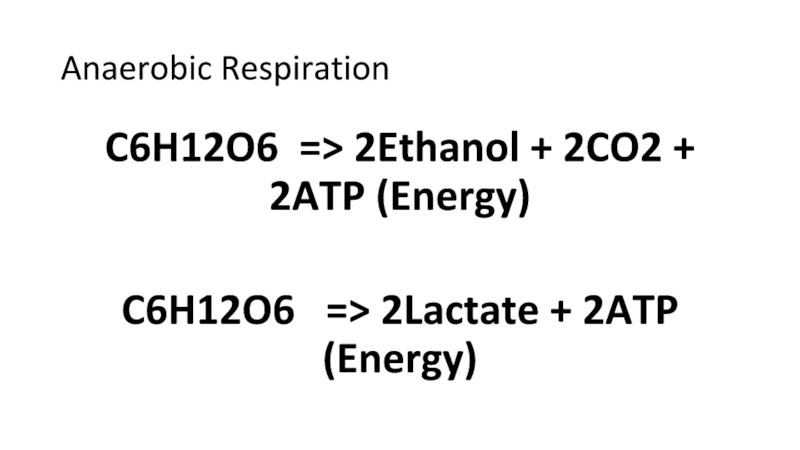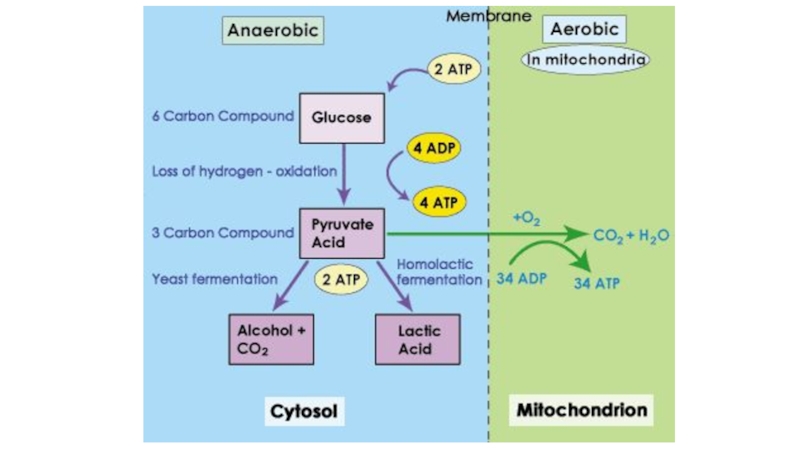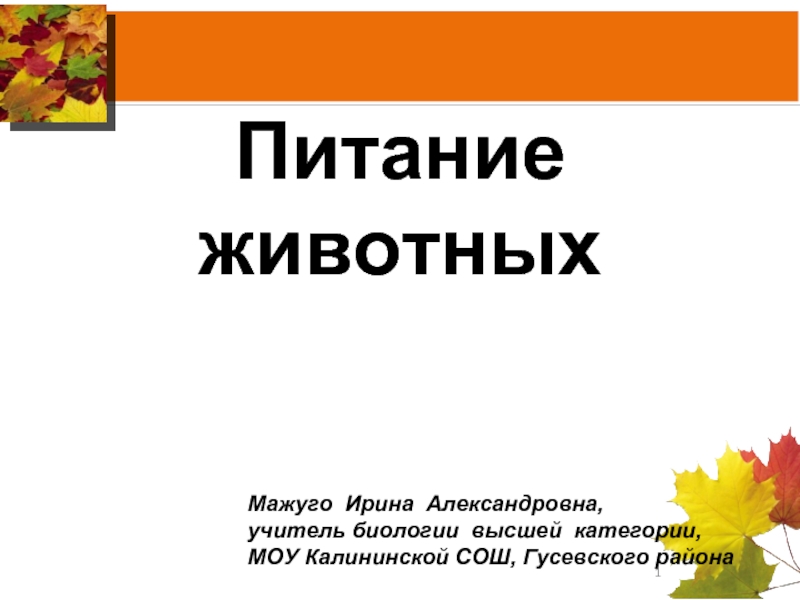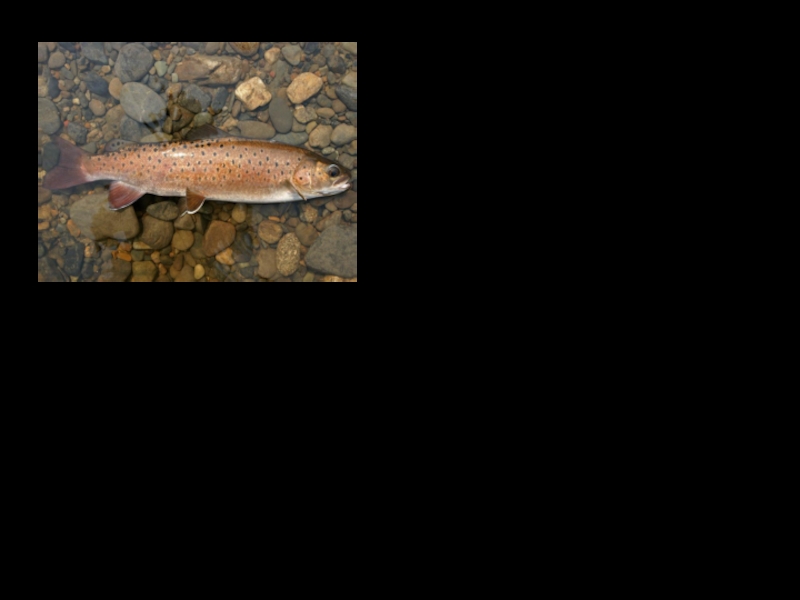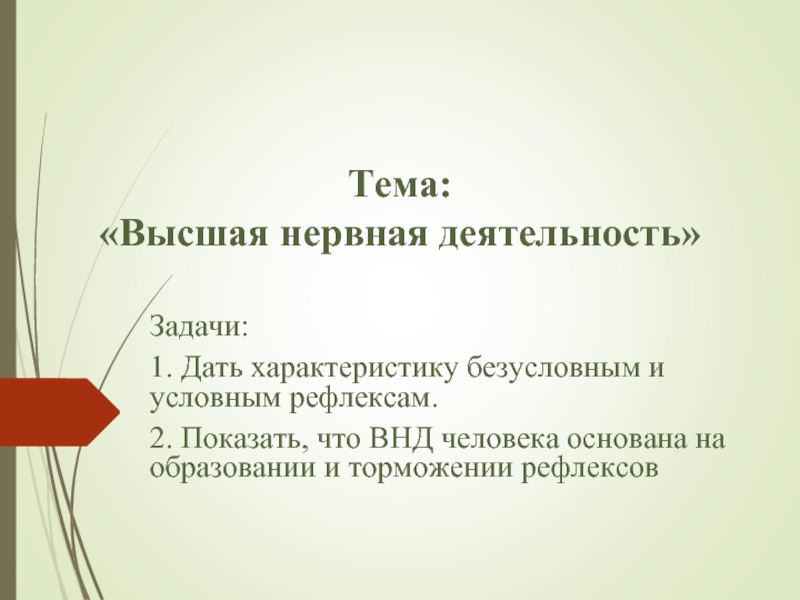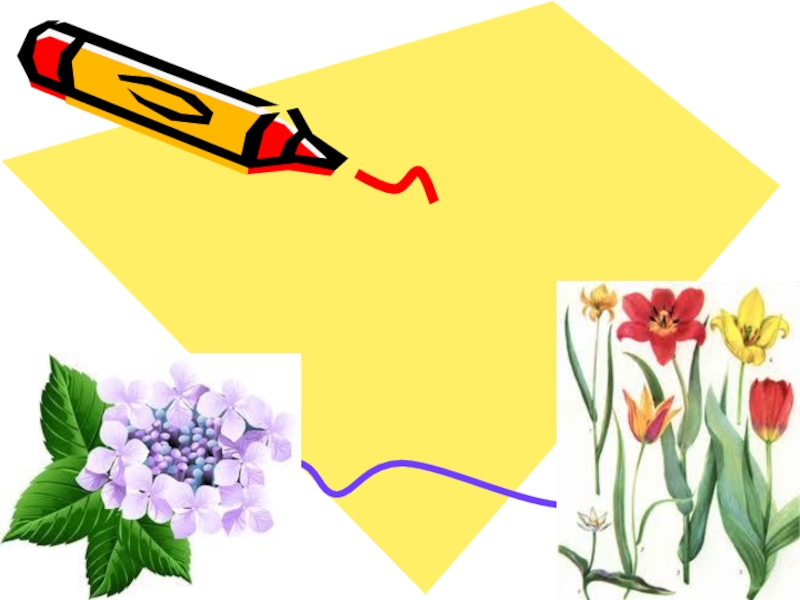- Главная
- Разное
- Дизайн
- Бизнес и предпринимательство
- Аналитика
- Образование
- Развлечения
- Красота и здоровье
- Финансы
- Государство
- Путешествия
- Спорт
- Недвижимость
- Армия
- Графика
- Культурология
- Еда и кулинария
- Лингвистика
- Английский язык
- Астрономия
- Алгебра
- Биология
- География
- Детские презентации
- Информатика
- История
- Литература
- Маркетинг
- Математика
- Медицина
- Менеджмент
- Музыка
- МХК
- Немецкий язык
- ОБЖ
- Обществознание
- Окружающий мир
- Педагогика
- Русский язык
- Технология
- Физика
- Философия
- Химия
- Шаблоны, картинки для презентаций
- Экология
- Экономика
- Юриспруденция
The structure and function of ATP. The formation of ATP in the aerobic and anaerobic respiration презентация
Содержание
- 2. • What is energy? • What energy is producing
- 4. The structure and function of ATP. The
- 5. Learning objectives to know the structure
- 6. Success criteria 1. Know the structure of ATP
- 7. Terminology ATP, adenine, ribose, phosphate, adenosine
- 8. Adenosine TriphosPhate Adenosine triphosphate (ATP) is a
- 9. ATP When consumed in metabolic processes, it
- 10. ATP structure ATP consists of an adenine
- 12. The possible functions of ATP Intracellular signaling
- 13. The energy produced during respiration is used
- 14. How energy is release? When a phosphate
- 17. The reactions are all reversible.
- 18. ATP synthase The cell’s energy-yielding reactions are linked to ATP synthesis.
- 20. ATP, ADP and AMP
- 23. ATP The ATP is then used by
- 24. What do you know about aerobic and anaerobic respiration?
- 25. Aerobic Respiration Aerobic means “with air”.
- 26. The chemical equation is:
- 27. Aerobic Respiration In the above equations
- 28. Anaerobic Respiration Anaerobic means without air
- 29. Anaerobic Respiration As you can see
- 30. Anaerobic Respiration in the plants The oxygen
- 35. Aerobic Respiration C6H12O6 + 6O2 => 6CO2 +6H2O + 38ATP (Energy)
- 36. Anaerobic Respiration C6H12O6 => 2Ethanol +
Слайд 2• What is energy? • What energy is producing in animals? • Why do we need
Слайд 4The structure and function of ATP. The formation of ATP in the
Слайд 5Learning objectives
to know the structure and function of ATP
compare the
Слайд 6Success criteria
1. Know the structure of ATP
2. Describe the function of ATP
3. Explain the
1. Explain anaerobic and aerobic respiration
2. Expect the formation of ATP in aerobic and anaerobic respiration
3. Compare the productivity of aerobic and anaerobic respiration
Слайд 7Terminology
ATP, adenine, ribose, phosphate, adenosine triphosphate, ADP and P, AMP,
Слайд 8Adenosine TriphosPhate
Adenosine triphosphate (ATP) is a complex organic chemical that participates
Слайд 9ATP
When consumed in metabolic processes, it converts to either the di-
Слайд 10ATP structure
ATP consists of an adenine attached by the 9-nitrogen atom
Слайд 12The possible functions of ATP
Intracellular signaling
DNA and RNA synthesis
Amino acid activation
Photosynthesis
Movement
Respiration
Growth
Reproduction
Слайд 13The energy produced during respiration is used in many different ways,
•Working your muscles
•Growth and repair of cells
•Building larger molecules from smaller ones i.e. proteins from amino acids
•Allowing chemical reactions to take place
•Absorbing molecules in active transport
•Keeping your body temperature constant
•Sending messages along nerves
